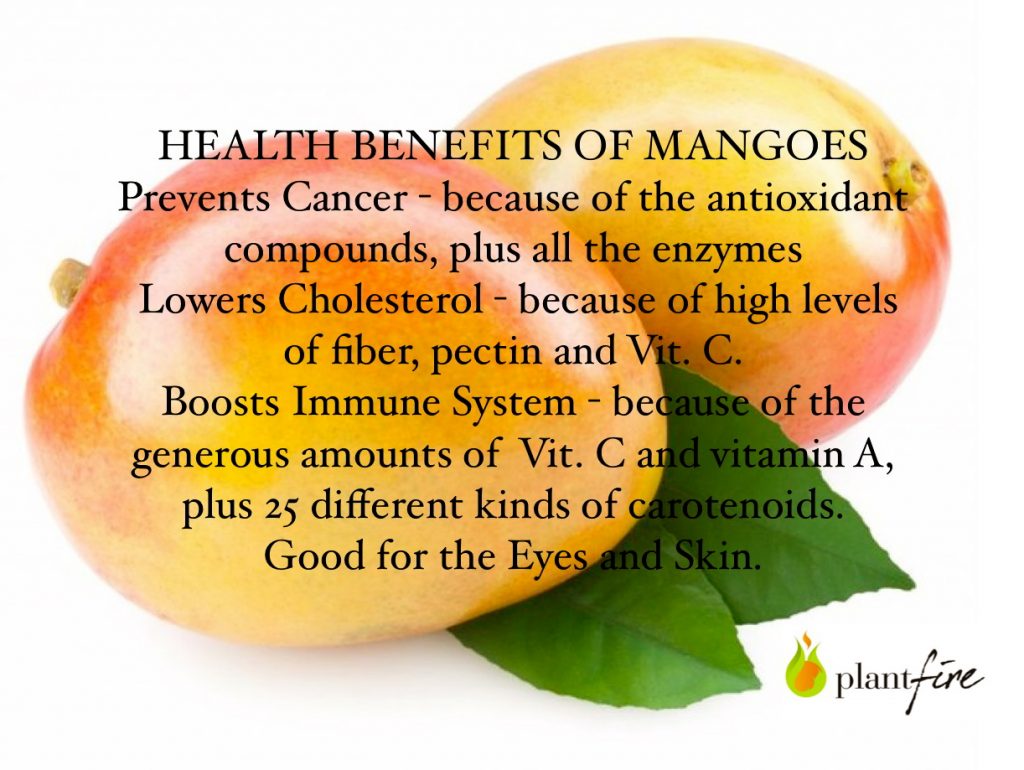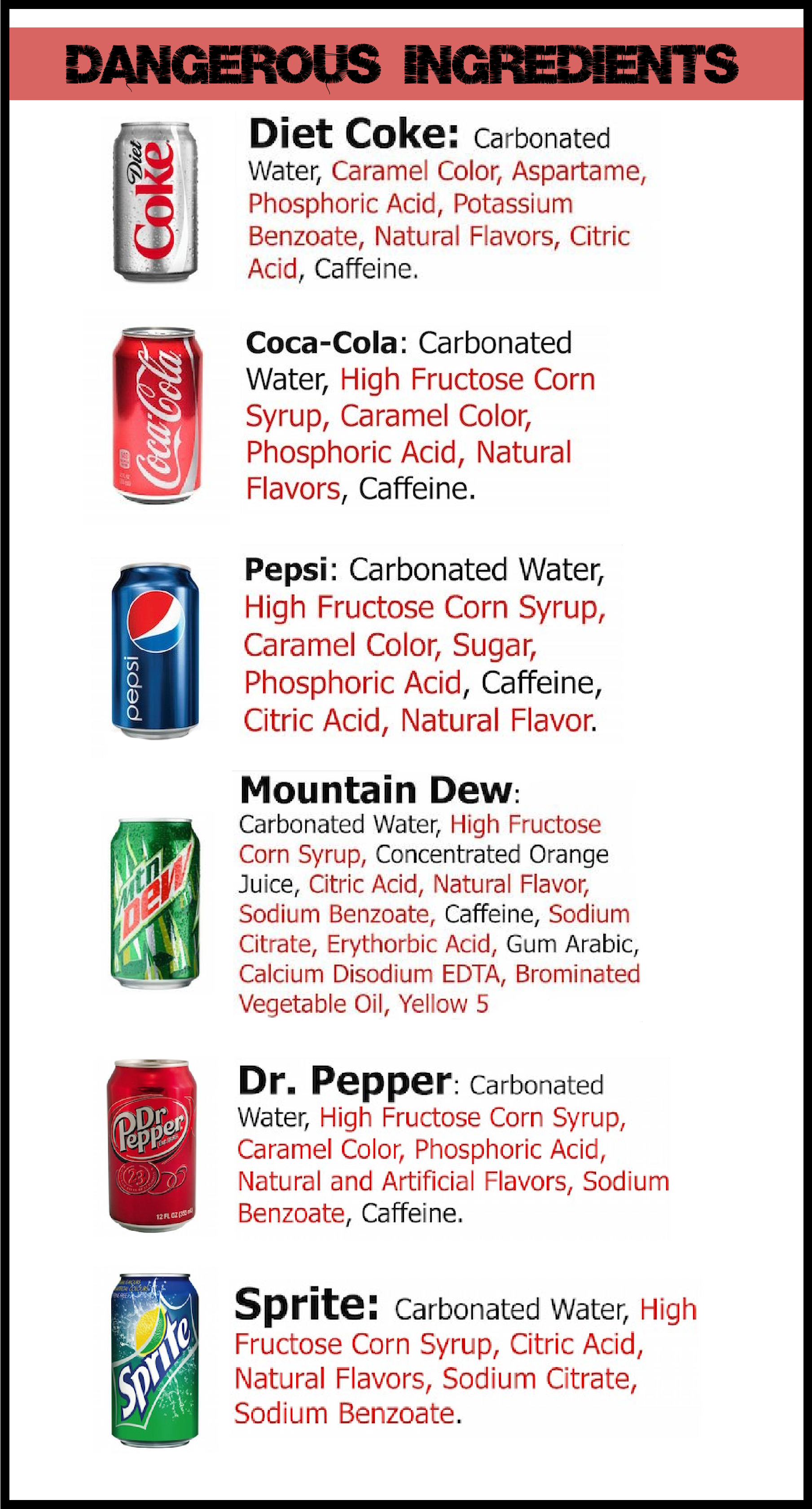Allergic to Poison Ivy? Watch out for Mangos!
What you need to know before touching a Mango
Mangos are a wonderful nutrient rich fruit however; did you know mangos belong to the same plant family as poison ivy?
Yes, that is correct, and the skin of a mango can give you that same great contact dermatitis as if you played with poison ivy, poison oak, or poison sumac? I did not know that!
A recent personal experience is why I am writing this. People who are allergic to the poison ivy family need to stay away from the skin of the Mango. I am allergic to poison ivy and after peeling and eating two mangos over the weekend I developed the contact dermatitis around my eyes and mouth. This was a very unpleasant experience. My eyes were swollen, red, raw, itchy limited vision and by the 5th day my eyes were swollen shut. My lips were so swollen they cracked and formed small blisters in the corners this was very raw and painful.
Urushiol is the culprit!
Urushiol is an oily organic compound with allergic properties found in plants of the family Anacardiaceae, especially Toxicodendron spp. (e.g., poison oak, Lacquer Tree, poison ivy, poison sumac) and also in parts of the mango tree . In most individuals, urushiol causes an allergic skin rash on contact, known as urushiol-induced contact dermatitis. The name urushiol is derived from the Japanese word for the lacquer tree, Toxicodendron vernicifluum.
Obviously, people eat mangos all the time. The edible portion isn’t going to cause you problems. However, the skin of the mango contains sufficient urushiol to cause a reaction that rivals or exceeds that from poison ivy. The skin of the mango contains enough urushiol that if you are already sensitized to it you will probably get contact dermatitis from exposure. Urushiol can also be found in cashew nut oil.
Not everyone will experience this; those that are allergic to poison ivy should avoid contact with the skin of the Mango! The edible portion of the fruit does not contain urushiol. Even if you are highly reactive to urushiol, you can eat peeled mango with no ill effects. Most people don’t eat mango rind, anyway, so this isn’t usually a problem. The bigger problem is peeling the fruit without putting yourself at risk for contact dermatitis.
What can you do?
Before the urushiol has been absorbed by the skin, it can be removed with soap and water. It is important to do this quickly, as 50% of the urushiol can be absorbed within 10 minutes. Once urushiol has penetrated into the skin, attempting to remove it with water is ineffective.
If you suspect an allergy or have a history of poison ivy-induced contact dermatitis, cover your hands when handling a mango. Pick it up with the produce bags at the store instead of putting it in the bag with your bare hands. When you get home, handle it with gloves or, more realistically, the bag.
I on the other hand will chose to avoid mangos in the future!
Forum Health Clarkston
248-625-5143
References: Wikipedia







